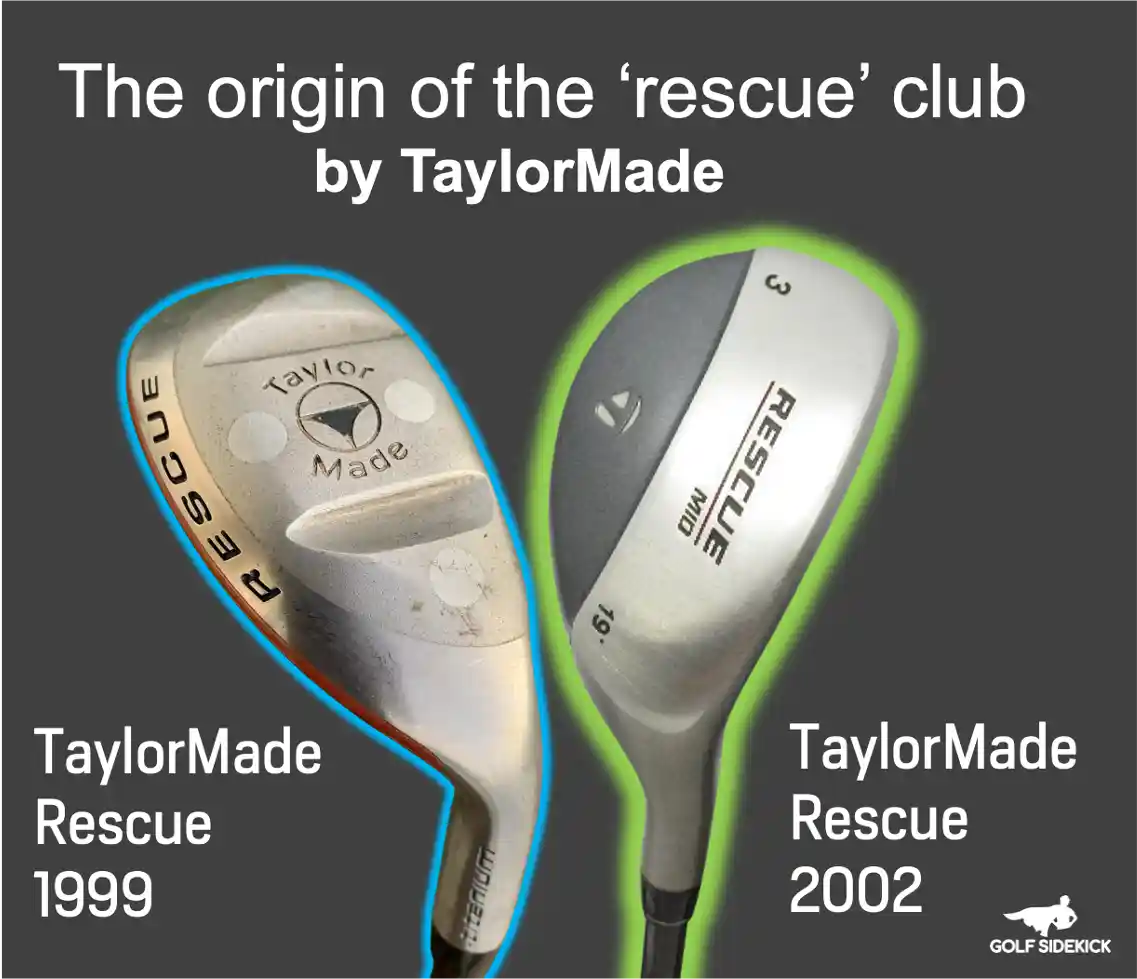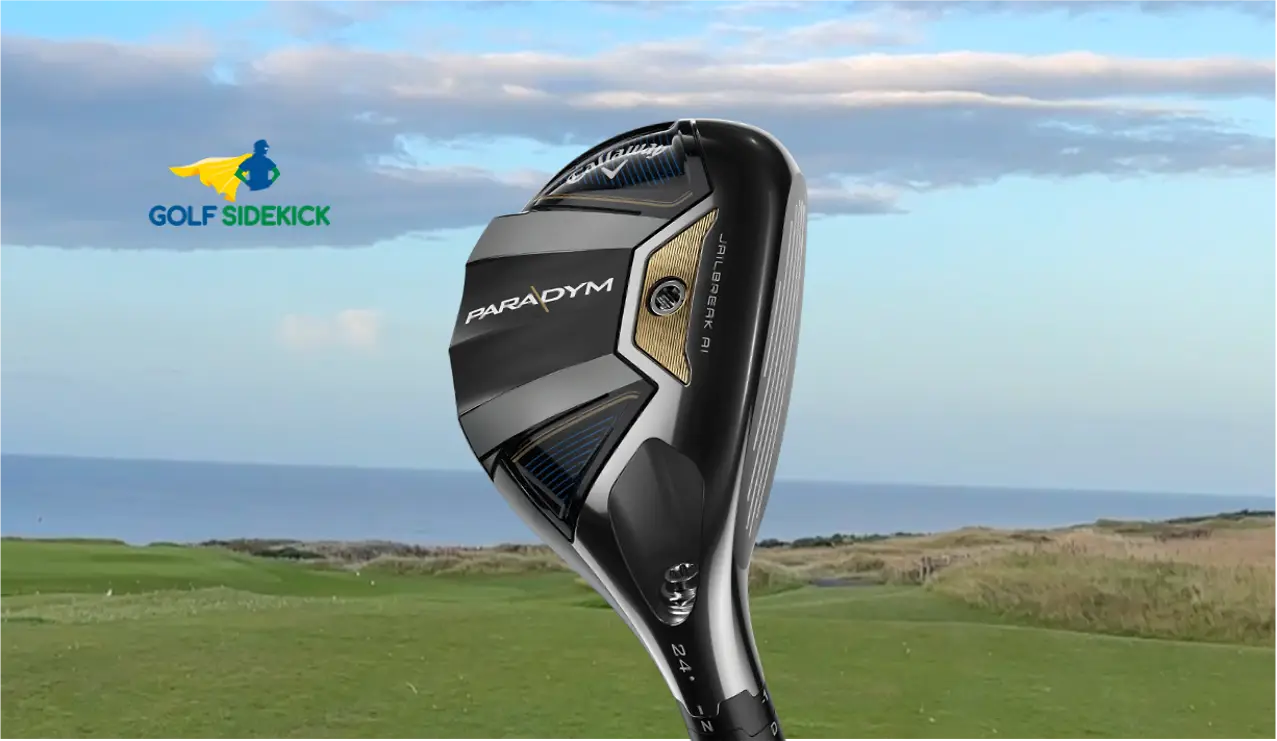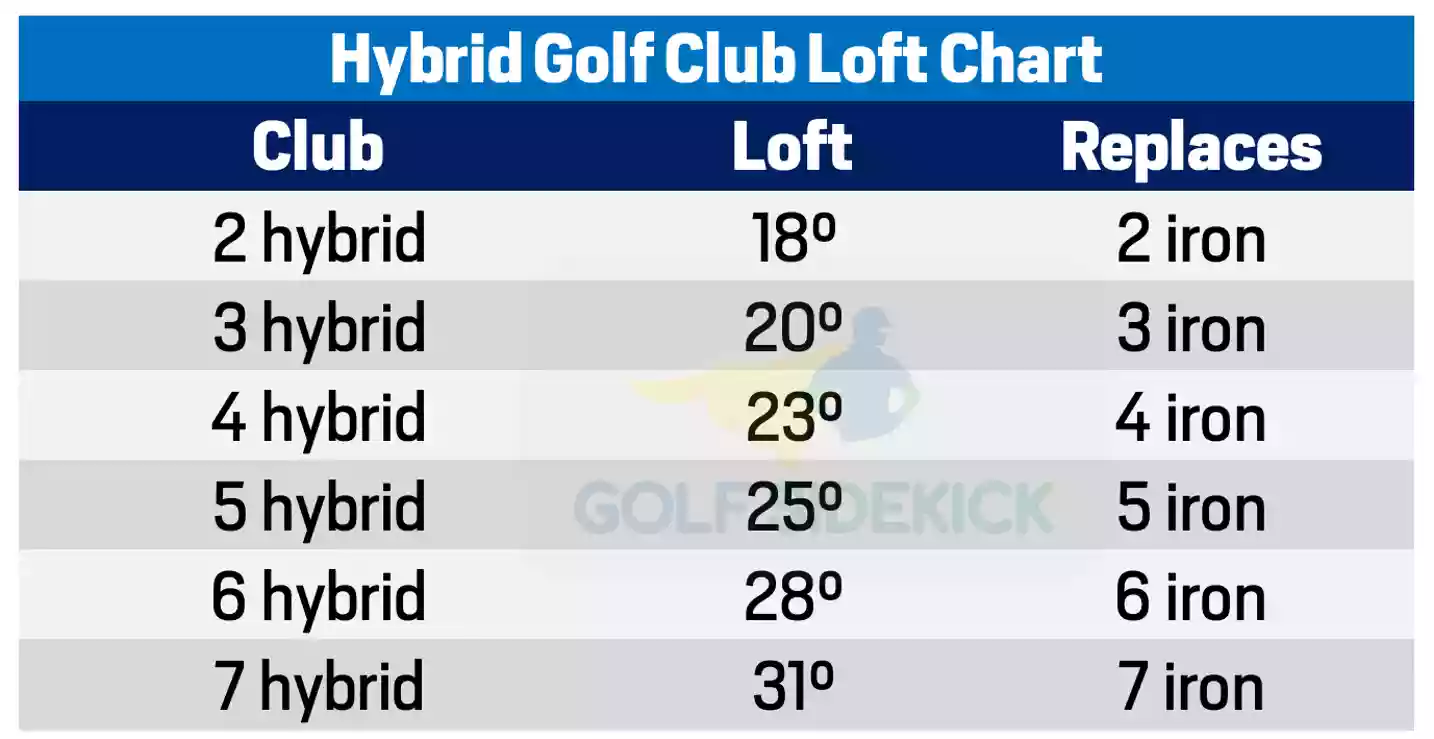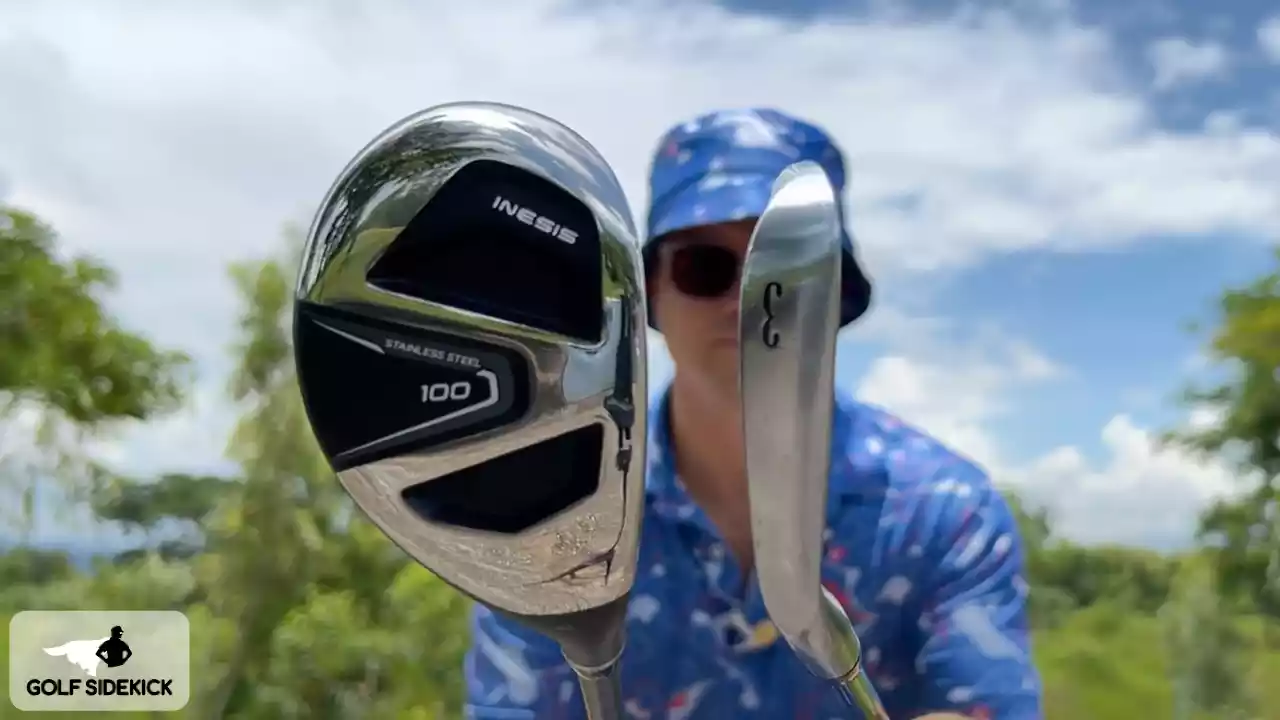Last Updated on January 13, 2024 by Matt Greene
A rescue club is now commonly known as a hybrid or utility golf club but the name 'rescue' comes from the very first version of a 'hybrid' which was produced by TaylorMade in 1999 and reintroduced in 2003. That first hybrid club model was branded TaylorMade Firesole "Rescue" in 1999.
The Rescue from TaylorMade was often used by golfers to get out of tricky situations on the golf course, such as punch shots out of deep rough or shots under trees. They also gave you a safe option off the tee, rescuing you from your driver and shots out of bounds.
Over the years, manufacturers realized the rescue club could be rebranded to a 'hybrid' and has been prescribed to replace 2, 3, 4, 5 and 6 irons irons because the hybrid is just that much easier to hit than the irons. A hybrid design is a combination of an iron and a fairway wood and that is how it got its new name: a Hybrid of a fairway wood and an iron.

What makes rescue clubs different to irons?
Rescue clubs go higher
Rescues launch the ball into the air with a higher trajectory than irons of the same or similar loft.
This is because hybrids have a lower centre of gravity (CoG). In classic irons like blades, the center of gravity of the club face is positioned right in the centre of the club meaning only the purest strikes will get golf ball airborne.
Rescue clubs place the center of gravity lower and further back in the club head. By doing this, a rescue club can send the ball higher with a less than perfect strike and with slower swing speed. This has made rescues clubs very popular with new golfers, high handicappers and moderate swing speed golfers.
Rescue clubs perform well from the rough
Due to the size of the head of rescue club, it has a much wider sole so it can cut through rough and long grass much easier than an iron.
The rescue hybrid glides through long grass, almost repelling the grass form the club head. When you hit an iron in the long grass, the sharp edges of the club allow the grass to tangle up the golf club, causing fluffed shots.
Rescue club are more forgiving
The head design of a hybrid with lower center of gravity make it very forgiving on off center strikes. The club face on hybrids feels "hotter" than the small face of an iron and you can really feel the ball boom off the face, when you make even semi decent contact.
Hybrids also have shorter shafts than equivalent lofted fairway woods which gives you the perfect combination of iron control and wood distance.
Who Makes Rescue Golf Clubs?
Nearly all of the major golf manufacturers make hybrid rescue golf clubs and they offer a variety of different models to suit golfers of different skill levels.
TaylorMade rescue clubs were some of the first to be produced and they are famous for making this style of club - their first model was actually called a Rescue. Other companies like Adams Golf, Cleveland, Ping and Callaway have become as famous for the quality and performance of their rescue clubs.
What Clubs Do Rescues Replace?
- 2 iron - 2 hybrid
- 3 iron - 3 hybrid
- 4 iron - 4 hybrid
- 5 iron - 5 hybrid
Rescue or hybrids replace an iron of similar loft in many golfers bags. Many sets of irons now start with a 5 iron as the lowest lofted club and golfers will cover the distance gap in the bag between their top iron up to their fairway wood with one or two rescue or hybrid clubs.

Rescue club loft chart
Here are the lofts of rescue and hybrid golf clubs.

Rescue club distance
You may find the a hybrid rescue club will carry longer than the iron it is replacing especially if your driver swing is 95mph or lower. If your swing is over 100 mph with the driver, and you are good at hitting irons, you will notice similar distances.
While the loft will be similar in a hybrid, you should expect the ball flight to be higher because of the lower center of gravity. Depending on your swing and the model of hybrid you have, you will see either a soft landing if you have high spin and high trajectory, or a longer roll out if you hit low spin shots.
In my experience, I find rescue clubs have hot spots on the club face which causes the ball to occasionally fly MUCH further than expected. My swing speed with a driver is 115mph but this type of issue is less prevalent below 95 mph.
Why Use Rescue Golf Clubs?
- More forgiving and more accurate than fairway woods
- Easier to launch than long irons
- More versatility from poor lies like longer grass and sand
The versatility of a rescue, utility or hybrid might help you become more consistent in your game and lower your scores because long approaches and tight tee shots become much easier than with long irons or your driver.
You might be like me, and find your driver just does not want to work for you. It's as if the driver loses interest in you and exists to destroy you. A hybrid is an excellent go-to option from the tee and the irony is that the well struck hybrid might actually go longer than a badly struck driver.
If you're in the long grass a lot, you know how difficult it is to get the ball out of the tangled mess. Hybrid rescue clubs make it so much easier by working hard for you to make contact with the ball instead of hacking out nests of long weeds.

Final thoughts: Should You Buy a Rescue?
Yes, most amateur golfers will benefit from playing one or more hybrid or rescue golf clubs.
These clubs are easier to hit than irons by combining the best of fairway woods and mid irons, and make playing golf more fun. There are loads of different models, lofts and other options to choose from to create the perfect rescue club for you. Find the right one and you will see a massive difference in your game!
